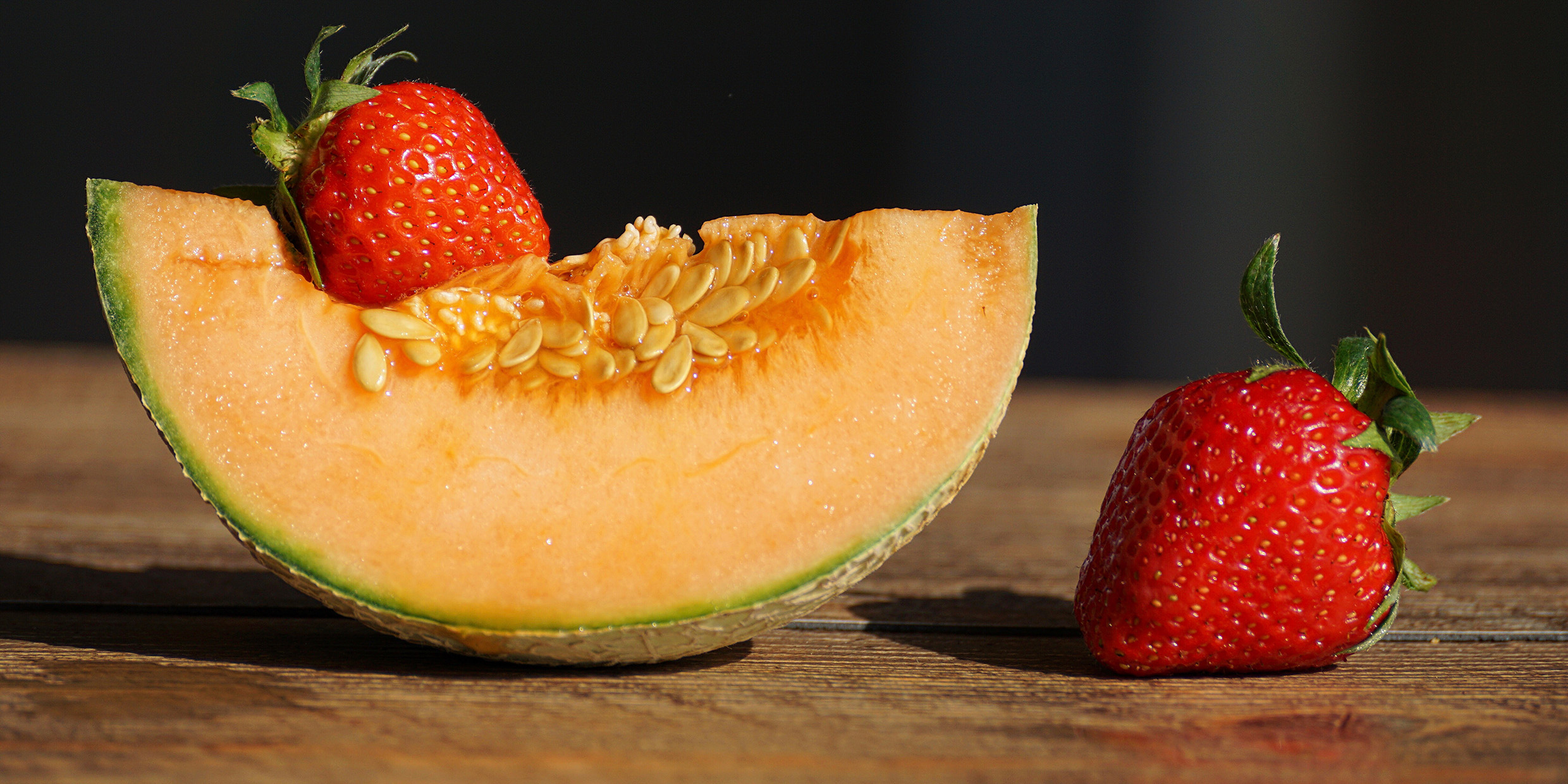Originally published 14 January 1991
Among things that help keep alive thoughts of summer during cold, cloudy days of January are the Burpee seed catalog and Guy Ottewell’s Astronomical Calendar.
The two publications usually arrive together, sometime during the week before Christmas. They are winter’s most-welcome books, chockfull of anticipations of burgeoning summer gardens and star-spangled summer nights.
The Burpee catalog is a real spirit-booster. Who can peruse these gorgeous fruits and vegetables and not feel warm inside? Melons called Ambrosia and Crimson Sweet. Sweet corn called Early Sunglow and Honey-and-Cream. Tomatoes called Lady Luck and Summer Delight. The Burpee catalog pumps out more BTUs of winter heat than the furnace in the basement.
Guy Ottewell’s Astronomical Calendar doesn’t exactly radiate warmth, but it does invite us to anticipate nights of stargazing without risk of frostbite. Ottewell is an astronomer based in Greenville, South Carolina, with a knack for computers and a gift for graphics. Every year he puts out the most creative and useful sky guide available. His hefty, magazine-format book describes everything that will happen in the sky during the coming year.
Armchair journey
What could be better on a dreary January day than to let Ottewell take us on an armchair journey to sunny Hawaii or Baja California to witness the solar “eclipse of the decade.” On July 11, 1991, the moon’s shadow will strike more deeply and centrally into the Earth than at any time since 1973. The sun will be covered for nearly seven minutes, about as long as a solar eclipse can last. There’ll be no longer eclipse until 2132.
The path of the eclipse will pass right over the big island of Hawaii and across the southern tip of Baja, then down across central America to the Amazon Basin of South America. Hawaii and Baja are likely to have the clearest skies, and tens of thousands of people will crowd into both places. There is no substitute for actually witnessing a total eclipse of the sun, but Ottewell’s marvelous drawings of the moon’s dark shadow sweeping across the face of the Earth, and his lucid descriptions of what an observer can expect to see, are the next best thing to being there.
There are other summer wonders described in this year’s Astronomical Calendar that don’t require trips to faraway places. Best of all will be the grand conjunction of planets that will occur in June, the best three-planet gathering of the decade.
On the evening of June 17, Mars, Venus, and Jupiter will be so close together in the evening sky that you will be able to cover them all with your thumb held at arm’s length. On the 15th they will be almost as close, and joined by the crescent moon. This spectacular gathering of objects will be a visual feast, whether viewed with binoculars or naked eye.
On the night of June 6, on its way to the conjunction, Mars will run right through the middle of the Beehive star cluster in Cancer, or at least it will seem so when viewed from Earth. The hundreds of tiny stars in the cluster are individually too faint to be seen with the naked eye (under dark, clear skies they are seen as a faint blur), but through binoculars or small telescope the planet with its halo of tiny stars will be a thing of scintillating beauty.
Medley of combinations
Later, as Crimson Sweets and Summer Delights come to ripeness in the garden, the shifting planets will contrive a wild medley of pairings and combinations.
On the evening of July 14, Venus and Mars will join the bright star Regulus in Leo as a crescent moon glides gracefully by. By July 24, Mercury will have raced ahead to meet Regulus. Then, late in the month, as Saturn rises in the east at sunset, all five naked eye planets will be visible at once, an occurrence rare enough to be the delight of stargazers.
As the August garden flourishes, and Lady Luck tomatoes hang fat on the vine, the parade of sky events will continue. The planets we have been watching in various conjunctions will have moved too close to the sun to be visible in the evening sky, but Saturn will be better placed for viewing and on the evening of August 22 the moon will pass nearly over it.
By September, as the garden begins to wane, the sky show too will begin to falter. The dance of the planets will continue, but only for observers who rise before the sun. The keen-eyed morning stargazer who knows where to look will have the pleasure of seeing Mercury and Jupiter appear so close together in the sky that they almost seem to merge.
Hot days, balmy nights. Succulent garden fruits and crystal-clear skies full of stars and planets. When one is curled up in a chair in January, with sleet beating against the window panes, the Burpee seed catalog and Ottewell’s Astronomical Calendar make these summer treats look mighty good.
Guy Ottewell’s Astronomical Calendar was published annually from 1973 through the final edition in 2016. ‑Ed.



